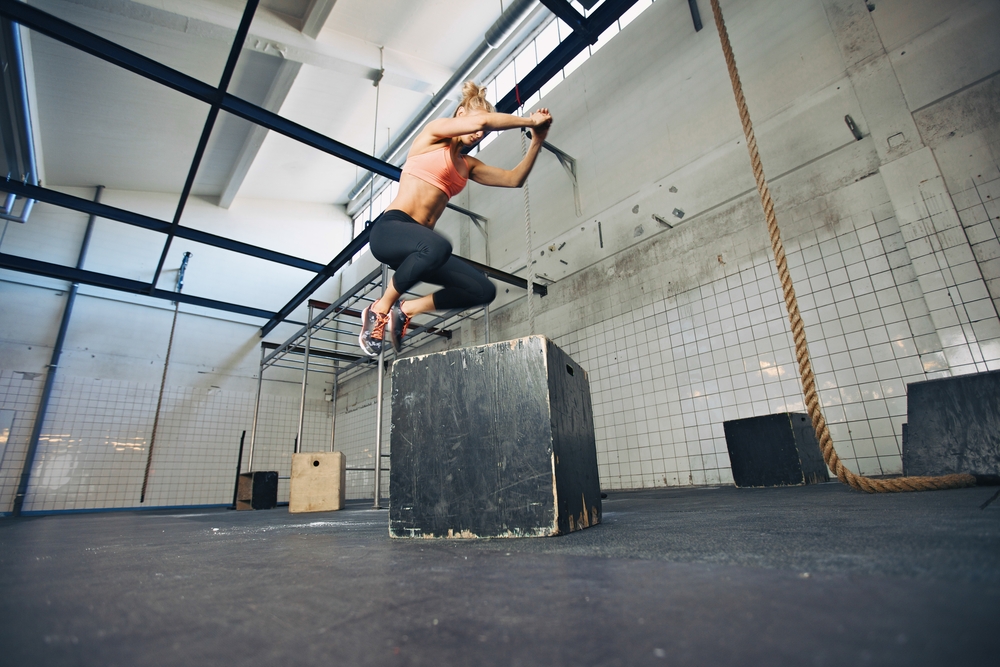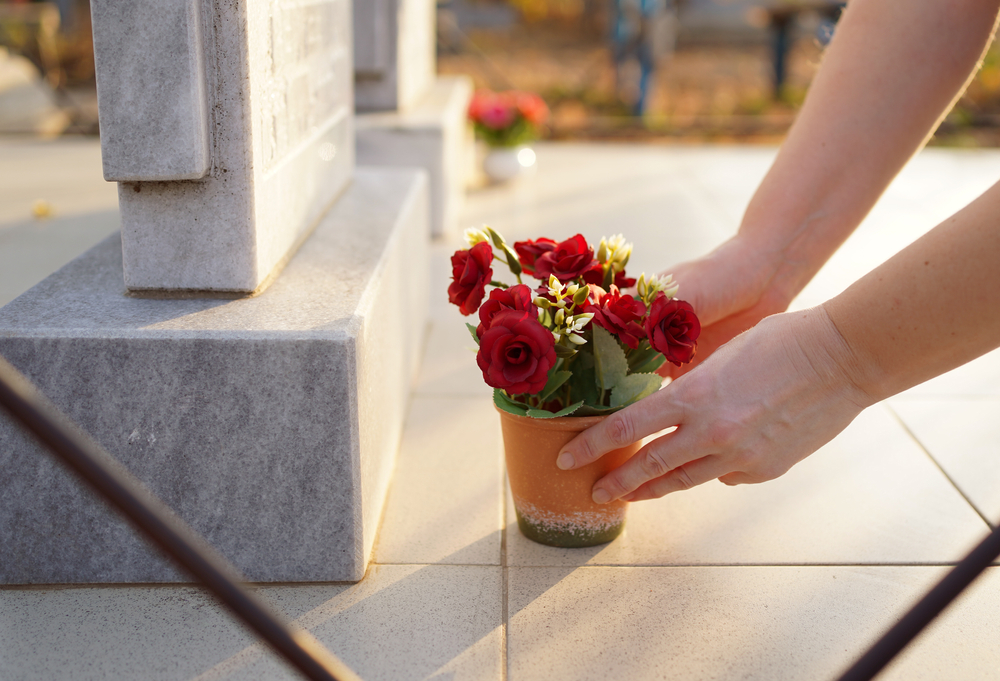Even though osteoporosis can affect anyone, women are particularly at risk. In fact, 80 percent of all Americans with osteoporosis are women. With such shocking figures, it’s evident that bone health is a top responsibility for everyone, especially women. But what if we told you that leaping, yes jumping, could help you build stronger bones? Let’s look at why jumping is so beneficial to bone health and how to include it in your training program.
Why jumping is good for bone health
Vonda Wright, M.D., M.S., an orthopedic sports medicine specialist, explains: “Research has shown that the impact of as few as 20 jumps per day can stimulate bone remodeling and mineralization, period.” Simply put, jumping helps prevent osteoporosis by strengthening and regenerating bones. Even NASA astronauts employ trampoline workouts to improve their bone health, demonstrating that it’s never too late to start.
Understanding the risk for women
Women are more likely to develop osteoporosis because of hormonal fluctuations and decreased bone size. Dr. Wright says that estrogen is essential for bone health, and its reduction during perimenopause and menopause can result in rapid bone density loss. Furthermore, dietary shortages, a family history, and lifestyle behaviors such as smoking can all raise the risk.
Young female athletes, listen up!
Dr. Wright emphasizes the need to address bone health in young athletes, particularly those who skip their periods or have difficulty producing estrogen due to rigorous training. These athletes may confront specific obstacles that necessitate individualized assistance and treatments.
Expert-approved jumping workouts
Are you ready to give jumping a try? Physical trainer Marcel Dinkins recommends starting slowly and progressively increasing intensity. Here are three jumping workouts you can try:
1. Jump rope (beginner)
Begin with simple jump rope workouts, aiming for a minute of jumping followed by 90 seconds of rest. Repeat for three rounds, increasing leaping time as needed.
2. Plyometric squat jumps (intermediate):
Incorporate squat jumps into your workout to target your glutes and quadriceps. Complete six to eight repetitions for two to three sets, resting between each.
3. Box jumps (advanced):
Challenge yourself with box jumps, beginning with a modest box height and gradually increasing. Complete three sets of six to eight reps, taking enough rest between each set.
Who should avoid jumping exercises?
While leaping is healthy for most people, those with joint problems or serious bone health concerns should visit a doctor before trying these activities. Strength training is an effective way to improve bone health because it promotes bone remodeling through muscular pull.
Jumping exercises are a fun and effective technique to improve bone health, lower osteoporosis risk, and increase general fitness. Starting slowly and progressively increasing intensity allows you to reap the benefits of stronger, healthier bones for years to come.












